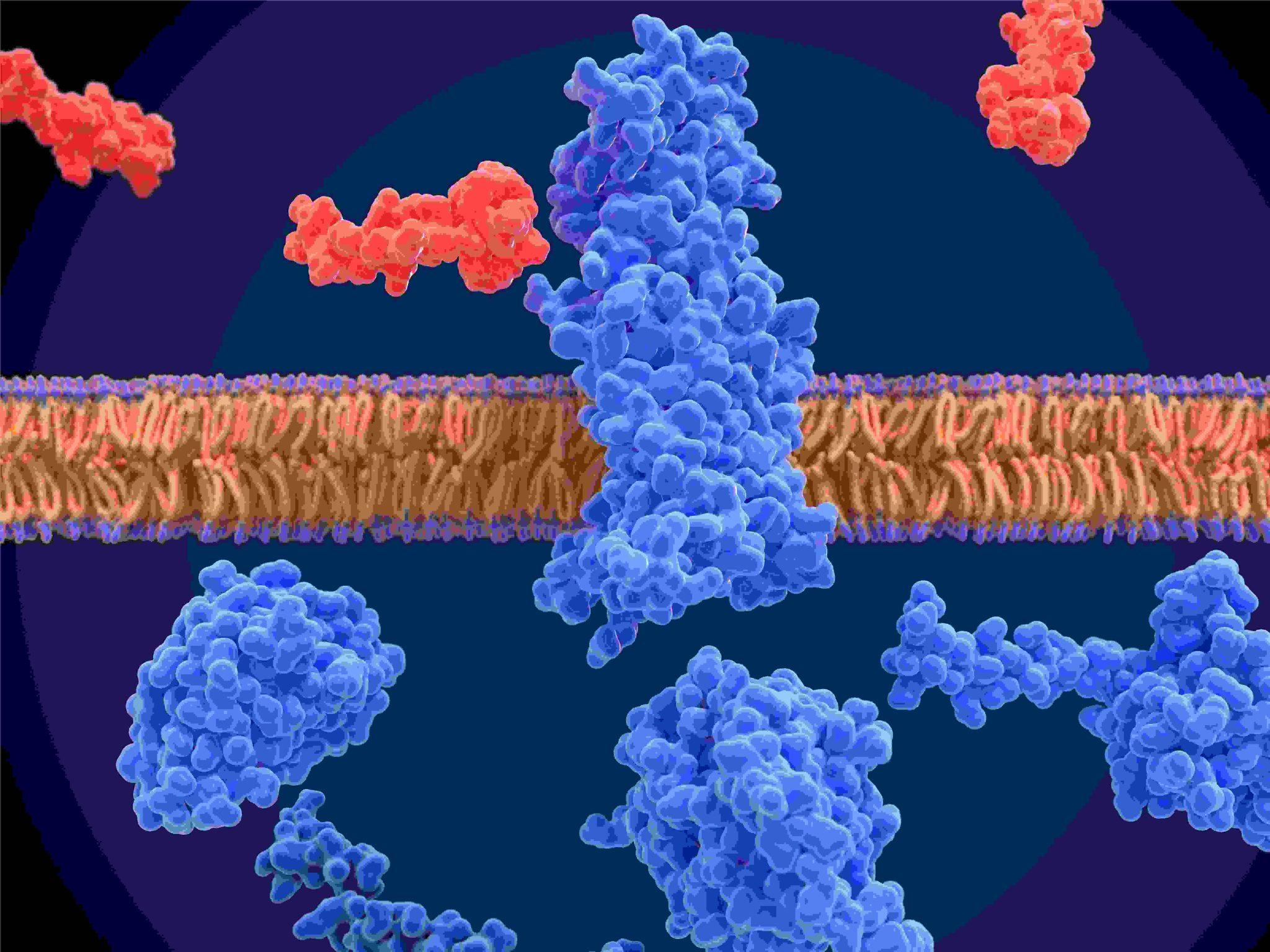Hydrophobic amino acids are vital components in the realm of protein structure and function. While hydrophilic amino acids establish interactions with water molecules in the cellular environment, hydrophobic amino acids tend to congregate in the interior of proteins, contributing to their three-dimensional fold and stability. The design and synthesis of hydrophobic amino acids hold immense significance in various scientific domains, including drug development, biochemistry, and materials science.
The synthesis of hydrophobic amino acids involves intricate chemical processes aimed at constructing these organic molecules with specific structural characteristics while ensuring high purity and yield. One common method for synthesizing hydrophobic amino acids is through solid-phase peptide synthesis (SPPS), a technique that allows for stepwise assembly of peptides on a solid support. In SPPS, the amino acids are linked together in a sequential manner, with hydrophobic amino acids strategically incorporated to confer the desired properties to the resulting peptide.
Chemical modifications can also be employed to introduce hydrophobicity to amino acids that are inherently hydrophilic. This alteration involves the substitution of specific functional groups or side chains within the amino acid structure to enhance their hydrophobic nature. Such modifications can be crucial in designing peptides or proteins with tailored hydrophobic properties for specific applications, such as drug delivery systems or biomaterials.
Moreover, the rational design of hydrophobic amino acids plays a critical role in peptide and protein engineering. By strategically introducing hydrophobic residues into protein sequences, researchers can modulate the overall hydrophobicity of the molecule, influencing its folding, stability, and interactions with other biomolecules. This targeted approach allows for the creation of proteins with enhanced structural integrity or specific binding properties, facilitating their application in diverse fields, including biotechnology and medicine.
In drug development, the incorporation of hydrophobic amino acids into peptide-based therapeutics can improve their pharmacokinetic properties, such as stability, bioavailability, and tissue penetration. Hydrophobic amino acids can aid in promoting cell membrane permeability, enhancing drug uptake and efficacy. Additionally, hydrophobic amino acids can act as anchor points for conjugating hydrophobic drug molecules, enabling the design of multifunctional drug delivery systems with enhanced targeting capabilities.
Furthermore, hydrophobic amino acids are integral components in the development of novel materials with unique properties. By utilizing synthetic methods to design peptides rich in hydrophobic residues, researchers can create self-assembling peptides capable of forming nanostructures or hydrogels with promising applications in tissue engineering, regenerative medicine, and drug delivery.
In conclusion, the design and synthesis of hydrophobic amino acids represent a fascinating area of study with broad implications across various scientific disciplines. From protein engineering to drug development and biomaterials design, the strategic incorporation of hydrophobic amino acids offers diverse opportunities for innovation and advancement in the biomedical and materials science fields. By harnessing the power of hydrophobic amino acids, researchers continue to unravel the complex interplay between structure and function in biological molecules, paving the way for the development of novel therapeutics and materials with transformative potential.

